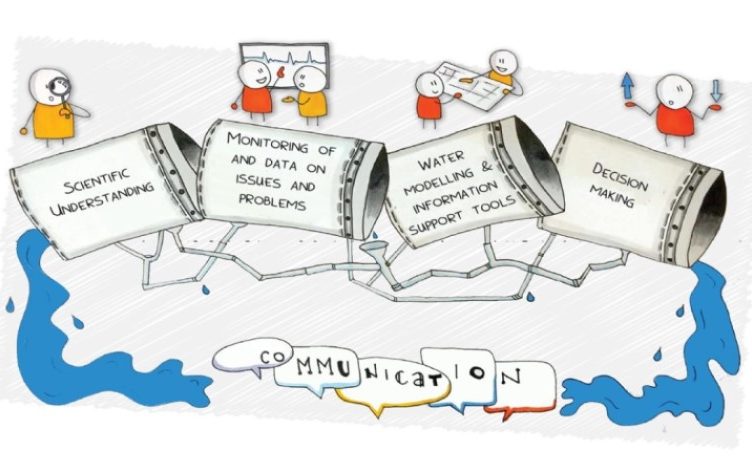
05/12/2024
Event Summary: Overview of water quality modelling projects from the Queensland Water Modelling Network with Callym Dunleavy
Read more
In June 2018, the Queensland Water Modelling Network commissioned a consortium to develop and deliver a program of activities to help build the capacity of water modelling and user expertise in Queensland, facilitate engagement across the full range of actors in the Queensland water-modelling ecosystem and stimulate innovation in all aspects of water modelling and use.
This program of activities is termed the External Engagement Program (EEP). The consortium engaged by the QWMN to deliver the EEP includes: the International WaterCentre (consortium lead), Griffith University, The University of Queensland, Queensland University of Technology, University of Southern Queensland, the Australian Institute of Marine Science (AIMS) and QCIF.
The EEP has been running for over a year now and its effects are already being seen through a range of outputs and outcomes, this website included. EEP outcomes can be thought of in terms of three categories:
Improving the capacity of the QLD water modelling and use sector is based upon growing and maintaining a sufficiently large, highly skilled and knowledgeable workforce. Also critical is a blend of technical and communication and collaboration capabilities to
The EEP has produced workforce development outcomes, including:
Innovation occurs through the effective operation of networks, the exchange of knowledge and identification, and the creation and translation of opportunities to do things differently into reality. As a consequence, improving the capacity of the water modelling and use sector in Queensland to innovate requires and relies on there being a high-level of awareness of what other actors do across the sector and on there being opportunities for actors to meet, learn about each other and to connect. From such connections, collaborations may emerge, and from collaborations come innovations.
The EEP has raised awareness and created connections across the sector in multiple ways, including:
Innovation, in terms of changes in practice, which arise from the use of new products (e.g. new models) and/or the use of new processes (e.g. ways of planning or deciding) requires connections and collaborations, both within and across organisations and across the various roles that sector participants have.
Sometimes this is viewed as “knowledge transfer”, but of course, knowledge isn’t a substance that can be transported. Rather, “knowledge transfer” means learning – learning by individuals in one department or organisations from what happens in another department or organisation, in terms of institutionalised know-what, know-why or know-how. For such learning to occur effectively and efficiently and in a way that aligns with and supports organisational action, deliberate and planned action is needed. However, learning can also be enabled to occur more organically, through mechanisms that create the space for individuals from different organisations and/or professional or disciplinary backgrounds to jointly create an understanding of what needs to be done to make things better.
Innovation also requires status and recognition, so that bright minds are attracted to invest effort into creating new ways of thinking and doing, in collaboration with others.
The EEP has generated enabling and catalysing innovation outcomes, including:
A full report on the Outcomes of the External Engagement Program is available here.